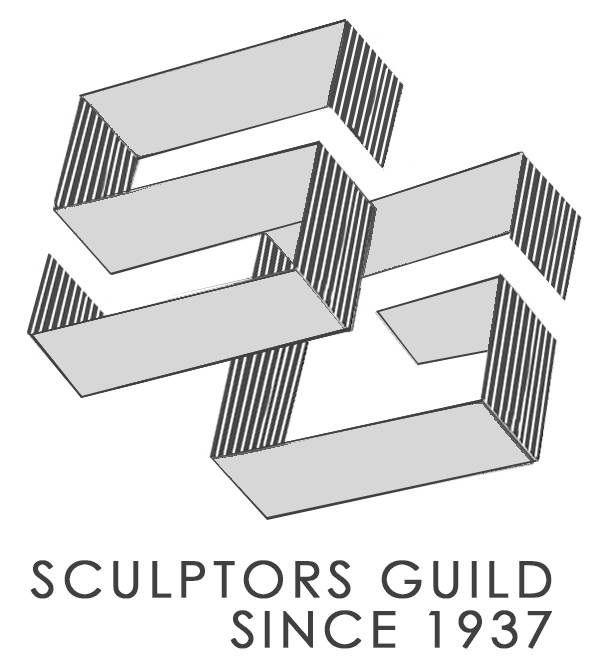FRANK MICHIELLI
ARTIST STATEMENT
Working as a practicing architect and a sculptor, I have had the opportunity to explore essential 3-dimentional design issues at varying scales. Although the two arts fundamentally differ in that one provides a function and the other stands alone, they share a number of commonalities. Both deal directly with physical form - materiality, light, scale, color, texture, mass and volume as well as more abstract concepts such as movement, memory, and space. No matter the medium, I have as strong an interest in the spatial qualities of a work, its balance and movement, and am inspired by the unique qualities the specific material I am working with. My recent works in architecture, sculpture and furniture design share a common design approach.
Some of the architectural work is approached as if it were a public sculpture. For example, a parking garage project recently completed on Essex Street has an open façade composed of a series of lines. Two layers of 1 ½” diameter cables are woven across the 5-story structure creating a web that from some vantage points looks solid and opaque and others fully transparent. The crossing of the cables creates large-scale moiré patterns which seemingly move across the façade as the viewer’s station point changes in relation to it. In addition to referencing precedents from the Optical Art movement of the 1960’s the project also is a nod to the history of the Lower East Side neighborhood, specifically the early presence of the garment industry there.
Moiré 3, a large scale public sculpture on display in Riverside Park, is inspired by the dynamic nature of the wave. The piece is composed of a series of interrelated organic shell-shaped forms composed of a welded steel mesh that appears to change from a solid mass, to transparent interpenetrating volumes, to a two-dimensional silhouette - depending on the vantage point of the viewer. Dynamic tensions are created between the two pairs of nested elements that frame views of the Hudson River. The solution to fabricating the piece was an architectural one, influenced by the construction of grid-shell structures that have been used to build large-scale organically shaped roof structures.
As a parallel to the design of architectural space, I am interested in the sculptural work melding with or responding to the space around it. The figurative piece “Back” is composed of thin shells that push and pull the space around it. Voids between the shells permit the individual pieces to hover almost weightlessly in the space around it. Another recent piece titled “Horizon”, focuses on the negative space of the cutouts between welded steel tubes. The voids are designed to complete each other so that the piece has a spatial as well as a formal unity. The mixed media piece “Press” is intended to capture the feeling of spatial compression and its resistive resolution. Welded steel was chosen as the material to best achieve these spatial effects.
Recent furniture that I have been designing and fabricating has a similar goal of expressing the inherent qualities and sculptural possibilities of the materials used. Two recent coffee tables built this year were the result of a series of experiments with bent wood laminations. Milling maple hardwood into thin veneers and pressing it in a form was the method used to fabricate an organic, sculptural solution that is lightweight and showcases the natural warmth of the material. The bent wood legs and detailing of connections to the lacquer top was approached in a similar manner to designing a building component or studying the proportion, line and form of a sculpture.
My recent work has been a satisfying exploration of form, material, space and experience, where mediums of different scales and site conditions inform and influence each other.









